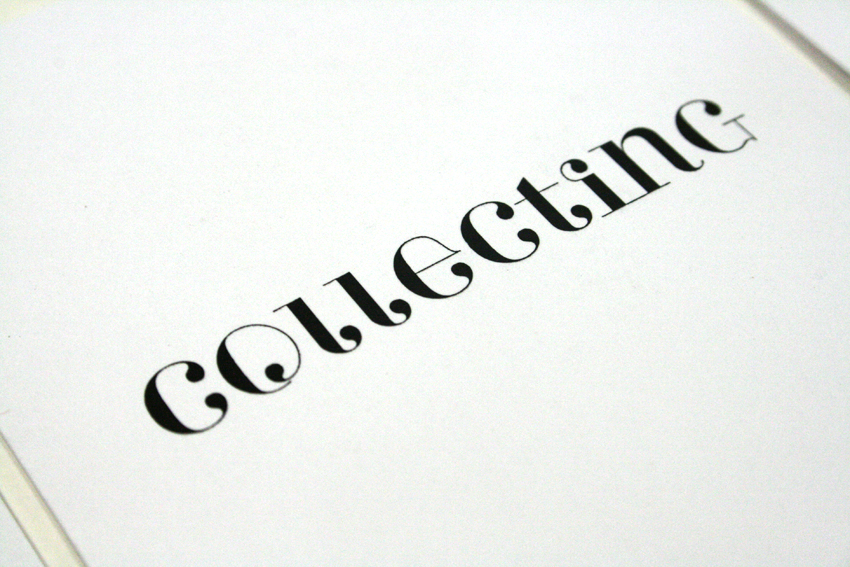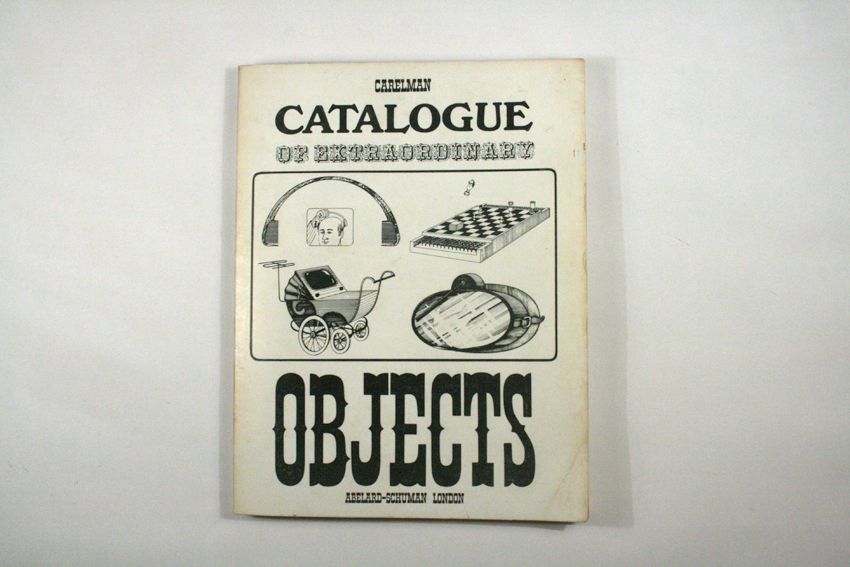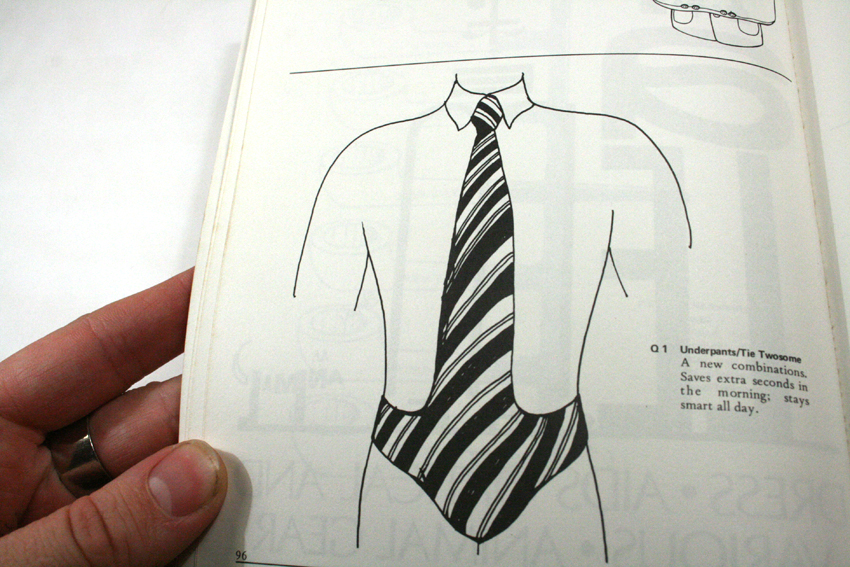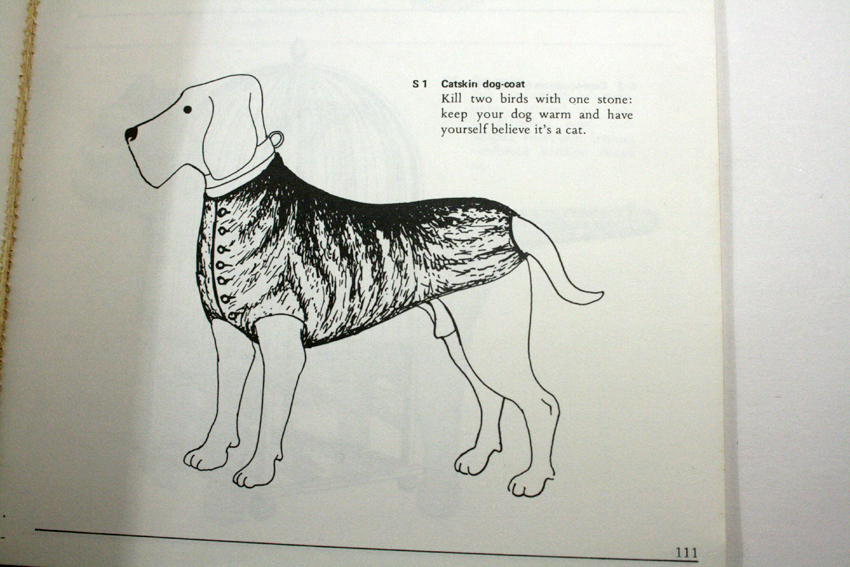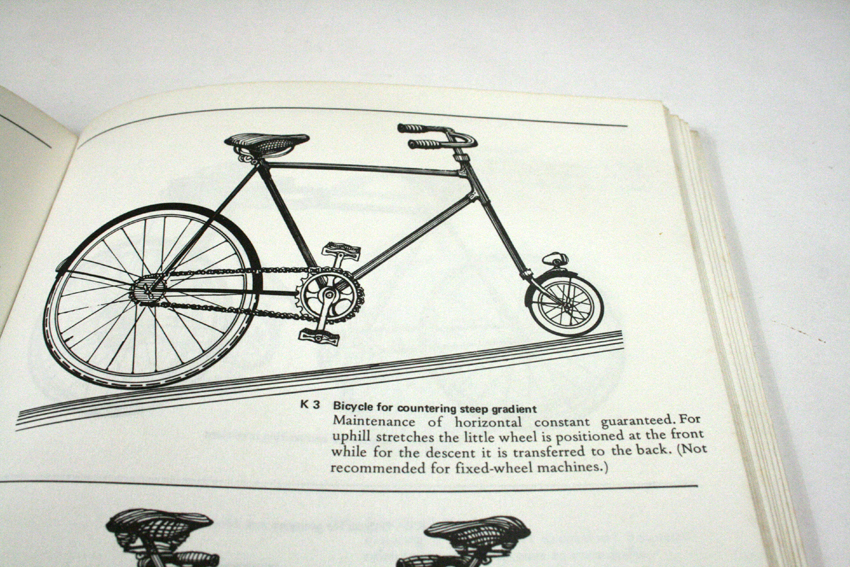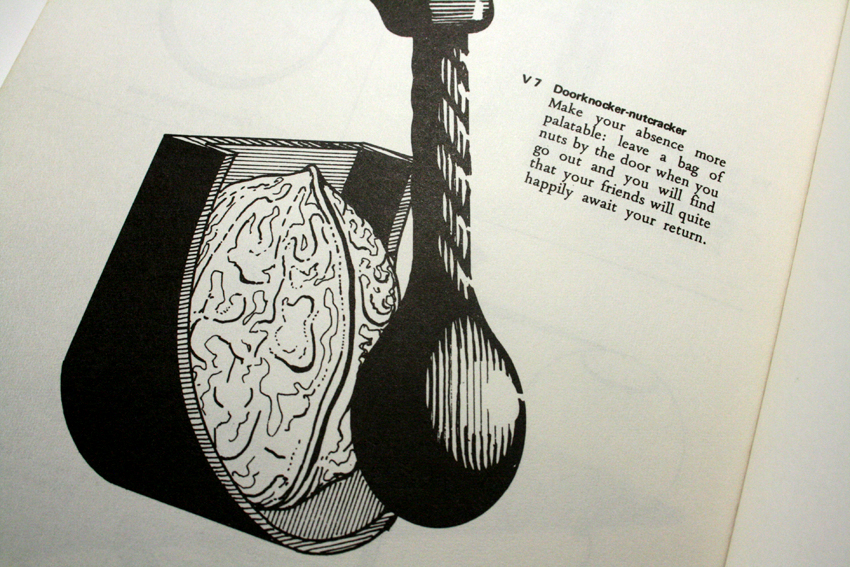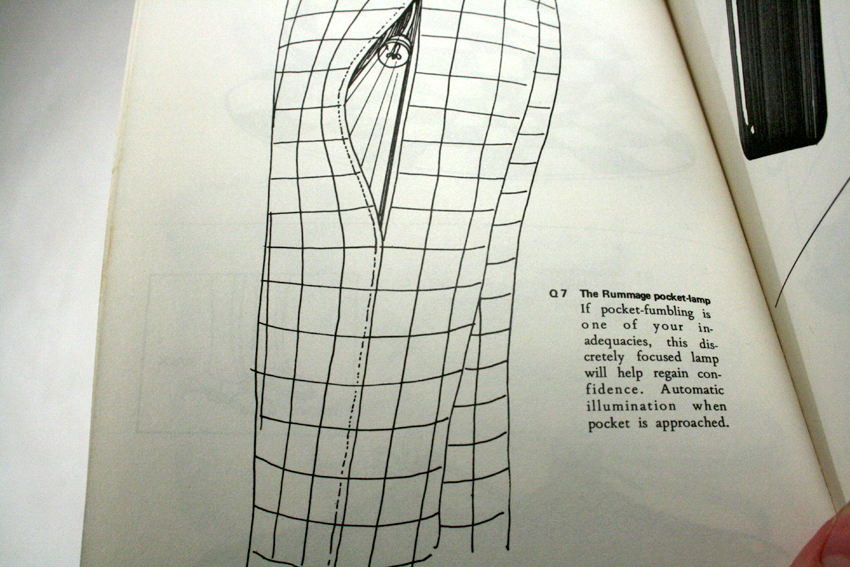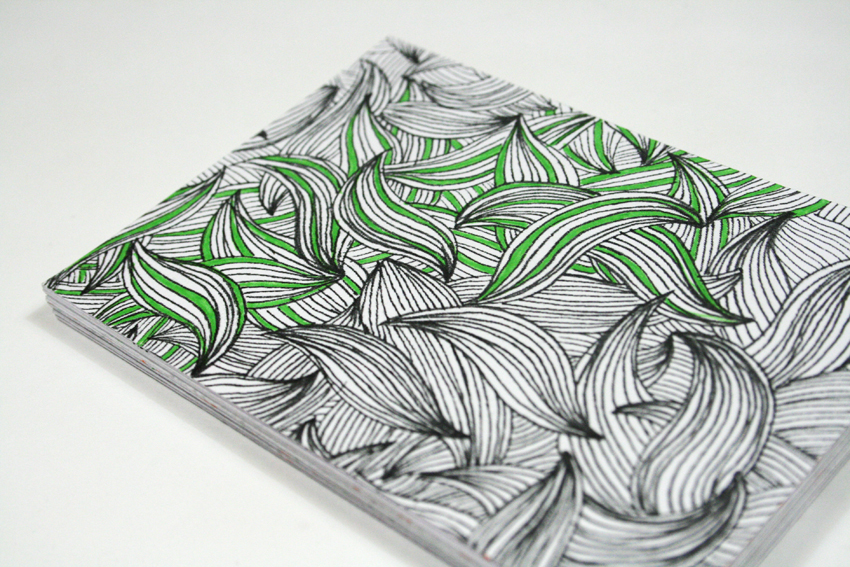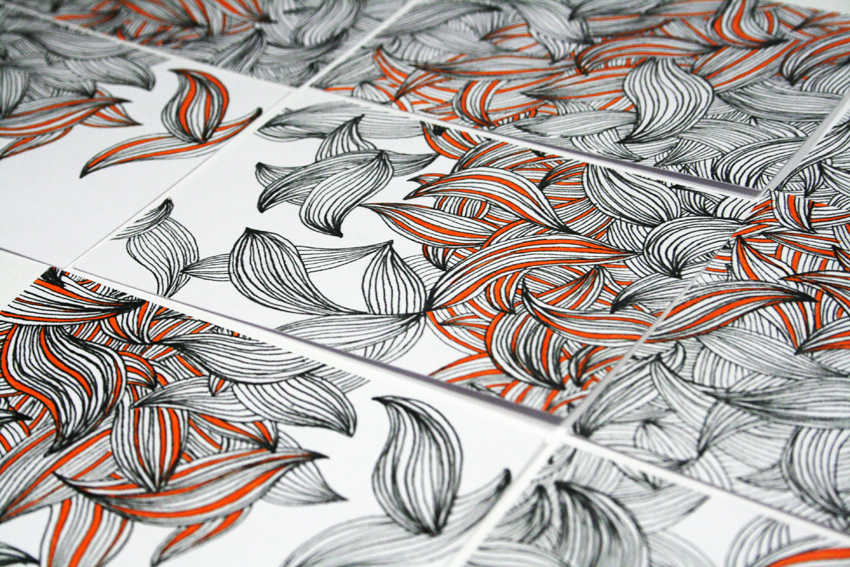Tutorial and Stuff
Having a good time at the moment but I'm getting worried that my project isn't getting where i want to be fast enough- part of this problem is not knowing where i want to be, i just know I'm not there! I had a good tutorial with Rosario she harked back to an old project of mine: the one with the puddles in bags and water collections. She pointed out that it's success came from a specific thing- a context, a problem and that now i had good research but that i was in danger of letting my research outdo whatever outcome it might be that i come to- i need to start getting specific- and pretty soon- I'm going to say that by the end of January for sure (hopefully sooner) i will have concluded my research to do list and that i will have a more specific area of interest to run with and make real good.
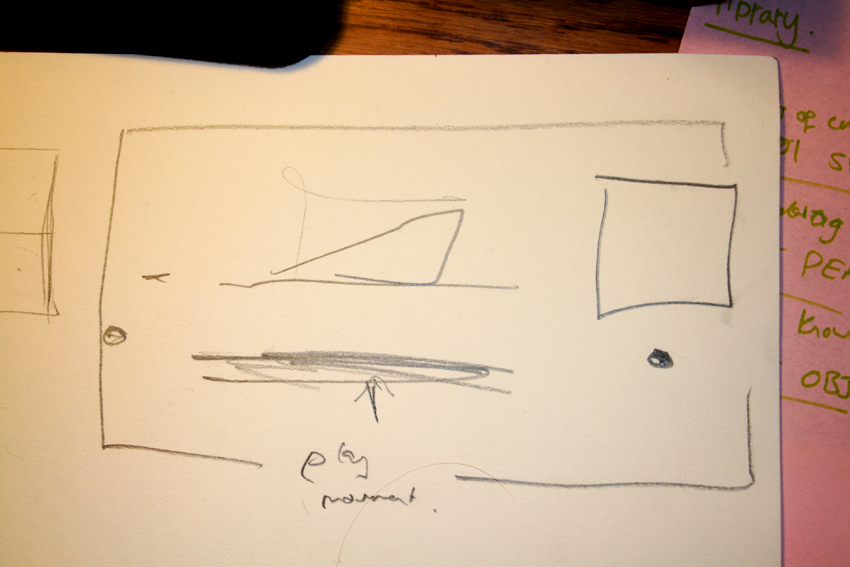 We talked about which bits of my project were interesting...... i like this drawing and the idea of getting movement involved, time passing, motion, something happening during the accumulation/ collecting process- the way i see it the collecting process goes:
We talked about which bits of my project were interesting...... i like this drawing and the idea of getting movement involved, time passing, motion, something happening during the accumulation/ collecting process- the way i see it the collecting process goes:
start static---------during, movement, interest, play, motion, active-----------after i.e. completion static once more, lack of interest, shelved,
slopes, conveyors and time passing interest me with that. We also talked about completion:
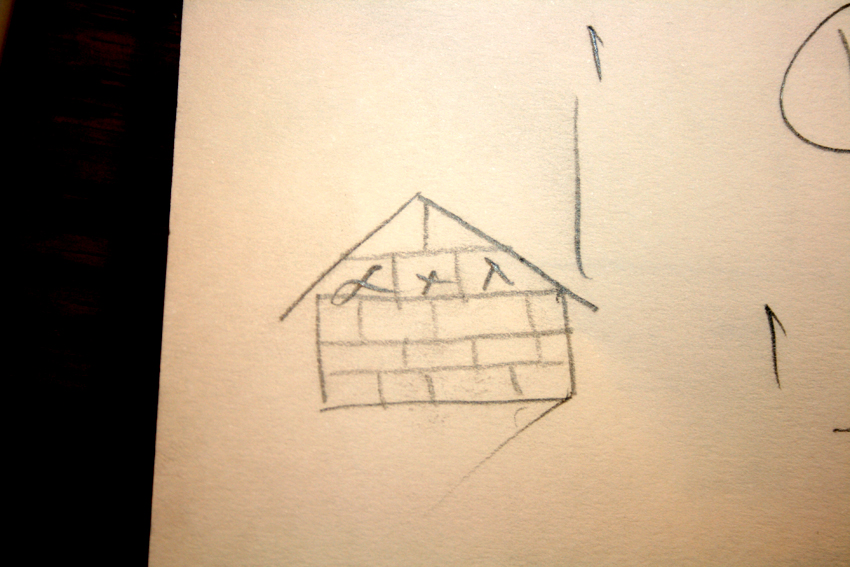 this shows an item given which contains one item, with spaces to fill, promoting collecting and accumulation- this links to one of my interests previously about a frame with a label will attract not just more of the same item mentioned within close proximity but will actively attract like a magnet, other artifacts of a similar label. A split box is better at suggesting collection by implying a set and an aim- a completion- something of a particular size for instance, when compared to a large empty cardboard box. Levels, compartments, trays, sections all describe and imply a set. I fancy making a group of objects some with 2 parts ranging up to many parts. Making tools/ objects to instigate a collection in someone- i guess to an extent i have it with my book a week framework, why not make other tools for others.
this shows an item given which contains one item, with spaces to fill, promoting collecting and accumulation- this links to one of my interests previously about a frame with a label will attract not just more of the same item mentioned within close proximity but will actively attract like a magnet, other artifacts of a similar label. A split box is better at suggesting collection by implying a set and an aim- a completion- something of a particular size for instance, when compared to a large empty cardboard box. Levels, compartments, trays, sections all describe and imply a set. I fancy making a group of objects some with 2 parts ranging up to many parts. Making tools/ objects to instigate a collection in someone- i guess to an extent i have it with my book a week framework, why not make other tools for others.
Rosario was also interested in the industrial process of standardisation. That when everything is manufactured to be 'perfect' the imperfections become the rare collectibles. If there are limited editions, or only a certain number of an item in existence (as is the main norm with collectibles- here defined as anything collected) then they are ripe to be collected. I'm wondering, what if every thing was different, but still was a product of an industrial mass process, then every one would be collectible- so none would be as each was as valuable as the last and the next. This leads on to the idea of the specimen- the best artifact within a comparable group of artifacts. Would this evolve despite having nothing to be directly compared against. Could a specimen still be manufactured..............
Food and Gaps
 This is a sketch for the food i made but stupidly forgot to take photos of. It is a roast beef dinner minus the roast beef. The meal acts as a collection, where it's gap is the summing up artifact. This absent item defines the collection. If however it were present then the meal/ collection would not be thought about, it would be complete and unremarkable. A collection no longer in process has no movement and no momentum.
This is a sketch for the food i made but stupidly forgot to take photos of. It is a roast beef dinner minus the roast beef. The meal acts as a collection, where it's gap is the summing up artifact. This absent item defines the collection. If however it were present then the meal/ collection would not be thought about, it would be complete and unremarkable. A collection no longer in process has no movement and no momentum.
Carleman's Catalogue of Extraordinary Objects
Coke Branding
A Nice Interactions Website
This has some good interviews about interaction in design ranging from Dunne and Raby to the guy who designed the first 'proper' mouse. Make sure you check out Hiroshi Ishii's sweet diagram for interactions of basically any kind- it's nice to see these things striped down to the basics sometimes. http://www.designinginteractions.com/interviews/HiroshiIshii
Territories Map
This is the map i created for my map of my project so far. It is pretty much a glorieifed spider diagram- 25 words which can be linked most ways and any random 5 would create an interesting relationship and project. The map is firstly an illustration of my territory- this is the words. On the other side are various shapes of various sizes. The tool part of it starts when the viewer is asked to pick a set of 5 cards- do they pick all the cards of a certain shape, all the cards of a certain size ones, or the diagonals, the most aesthetic pattern or randomly. These choices then corespond to the words on the reverse creating new groupings. (The words on the reverse are also ordered (by shape) into 5 categories Curation: labeling, criteria, rhyming objects, display.
Frames and Boundaries: gaps, proximity, storage, horizontal space
Accumulation: repetition, gathering, acquisition, copying
The Collector: sequential, completion, validation, context abstraction
The Artifact: taxidermy, scale and proportion, typologies, sets and groups, specimen
At the moment these are also functioning as chapter headings for my context report but im pretty sure ill need to hack these down to a more managable size.



